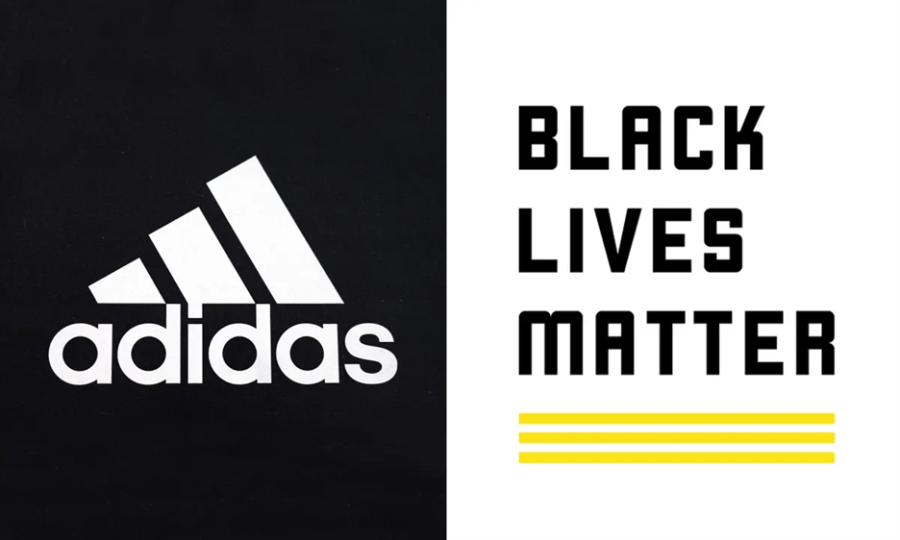The latest adaptation of Jack London’s “The Call of the Wild,” starring Harrison Ford, is out in theaters now, and audiences are raving.
It’s a classic tale about a dog named Buck, who was stolen from his life in California and is thrown into the frozen wilderness of the Yukon against his will.
Along his way, he meets many people, some good and some bad, who help him reach his destiny and answer the call of his primal instincts and live his best life in the wild.
The movie is decidedly more tame than its novel counterpart.
If Hollywood wanted to, it could easily make an R-rated version of “The Call of the Wild,” given its extensive paragraphs about dogs killing each other and countless pages of uncensored abuse that is experienced by Buck and the other sled dogs.
While the film alludes to such things happening, it is a family movie at its heart, and because of that, it never shows anything too graphic that it would upset people.
This direction is much more palatable for a wider range of people and makes the movie the much more enjoyable medium to experience the story in.
The novel may be more “realistic,” but it is very off-putting to the casual reader who just wants an adventure story set in the Alaskan wilderness.
Another departure from the book is that the audience has a much more stable cast of characters to watch. The book reads more as multiple short stories involving Buck that just so happen to take place one after the other, but Buck remains the only constant character.
The movie, on the other hand, introduces the audience to Jack Thorton (Ford) relatively early in the film, and it is interesting to see how his and Buck’s paths cross throughout the story.
He is also given a much more fleshed out backstory in the film, and this, and the consistency of characters, creates a greater emotional connection between the audience and the characters.
This empathetic quality that the movie has is almost nonexistent in the book.
While some characters come into the story only to leave as they do in the novel, this doesn’t happen very often, and is not done without purpose.
All that being said, the movie is relatively faithful to the book. Some scenes and lines are taken right off London’s pages, and they are fun Easter eggs for someone to find if they have read the book.
For the most part, the movie sticks to the basic story structure of the novel, and only adds elements to the story that are needed to make it more cohesive as a film.
The CGI utilized to bring Buck and the other animals to life is simply breathtaking.
Not only is Buck a very realistic rendition of a dog, the CGI artists were able to give him very human-like expressions without going into the uncanny valley.
The problem that the 2019 remake of “The Lion King” encountered was its animals were too realistic, and it was hard for audiences to empathize with the characters.
Most of this was due to the lack of human facial expressions the animals had. More specifically, there seemed to be no emotion behind the animals’ eyes.
This is in sharp contrast to the cartoon, which had very expressive characters that the audience could connect with on a gut level.
“The Call of the Wild” blends these two ideologies together in a way that endears the audience to Buck and the other animals without making them cartoon characters living in the real world.
Disney should take notes.
Die-hard fans of the novel may be put off by the toned down violence and divergence from the source material, but for the average moviegoing crowd, “The Call of the Wild” is a film the entire family can enjoy.
There is humor, action and heart that anyone who has ever owned a dog will connect to immediately.
It does all this without pandering to any specific audience in particular, something that is very rare these days, especially with family films.
If the novel was never your cup of tea, you need to get into a theater soon and answer the Call.
BENJAMIN HAYLETT
[email protected]







